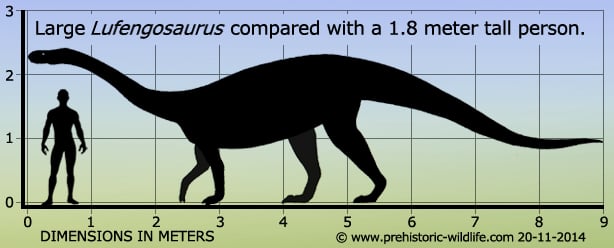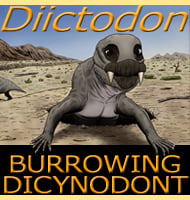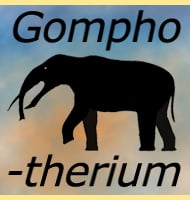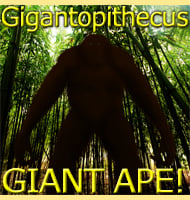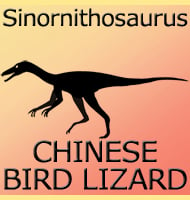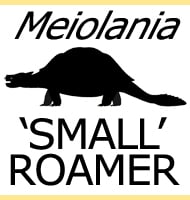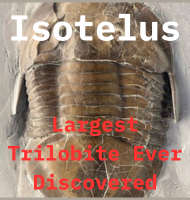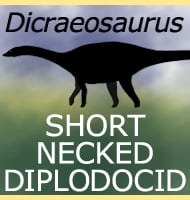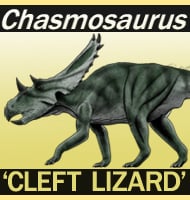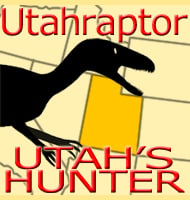In Depth
Lufengosaurus has the honour of being the first dinosaur to ever be assembled and mounted for display in China, and even today is one of the more popular exhibits in Chinese natural history displays concerning dinosaurs. The first species of Lufengosaurus, L. huenei, was named in 1940, and a second larger species, L. magnus, was named in 1947. However, L. magnus is often considered to be synonymous with L. huenei, though usually the two are cited as being separate. Lufengosaurus was more or less a typical sauropodomorph (sometimes referred to as a prosauropod), dinosaur, that was at least capable of a bipedal stance. The teeth of Lufengosaurus are notably sharp, though these are not necessarily an indication of a meat eating diet as such teeth are seen in some modern herbivorous lizards.
Lufengosaurus has a confusing relationship with the genus Gyposaurus. In 1976, Peter Galton considered the species G. sinensis to be a juvenile of Lufengosaurus, something which has led to Gyposaurus sometimes being declared to be a synonym However the type species of Gyposaurus, G. capensis, has already been popularly synonymised with Massospondylus. This means that technically only one species of Gyposaurus could be referred to Lufengosaurus, however, in 2004, Galton and Upchurch considered G. sinensis to actually represent a valid species in its own right, though one that can no longer be called Gyposaurus.
Remains of soft tissues, specifically collagen fibres associated with the ribs have been associated with Lufengosaurus remains. This is a rare glimpse at dinosaur soft tissues, though another example of an increasing number of soft tissue remains that are being found for dinosaurs.
Further Reading
- Preliminary notes on the Lufeng vertebrate fossils. Bulletin of the Geological Society of China 20(3-4):235-239. - C.-C. Young - 1940. - A complete osteology of Lufengosaurus huenei Young (gen. et sp. nov.) from Lufeng, Yunnan, China. - Palaeontologia Sinica, New Series C 7: 1-59. - C. -C. Young - 1941. - On Lufengosaurus magnus Young (sp. nov.) and additional finds of Lufengosaurus huenei Young. - Palaeontologia Sinica, New Series C 12: 1-53. - C.-C. Young - 1947. - Cranial osteology of Lufengosaurus huenei Young (Dinosauria: Prosauropoda) from the Lower Jurassic of Yunnan, People’s Republic of China. - Journal of Vertebrate Paleontology, 25(4):806-822. P. M. Barrett, P. Upchurch & W. Xiao-lin - 2005. – Embryology of Early Jurassic dinosaur from China with evidence of preserved organic remains. – Nature. 496 (7444): 210–214. – Reisz, Robert R., Huang, Timothy D., Roberts, Eric M., Peng, ShinRung, Sullivan, Corwin, Stein, Koen, LeBlanc, Aaron R.H., Shieh, DarBin, Chang, RongSeng, Chiang, ChengCheng, Yang, Chuanwei, and Zhong, Shiming – 2013. – Evidence of preserved collagen in an Early Jurassic sauropodomorph dinosaur revealed by synchrotron FTIR microspectroscopy. – Nature Communications. 8 (1): 14220. – Yao-Chang Lee, Cheng-Cheng Chiang, Pei-Yu Huang, Chao-Yu Chung, Timothy D. Huang, Chun-Chieh Wang, Ching-Iue Chen, Rong-Seng Chang, Cheng-Hao Liao & Robert R. Reisz – 2017.
